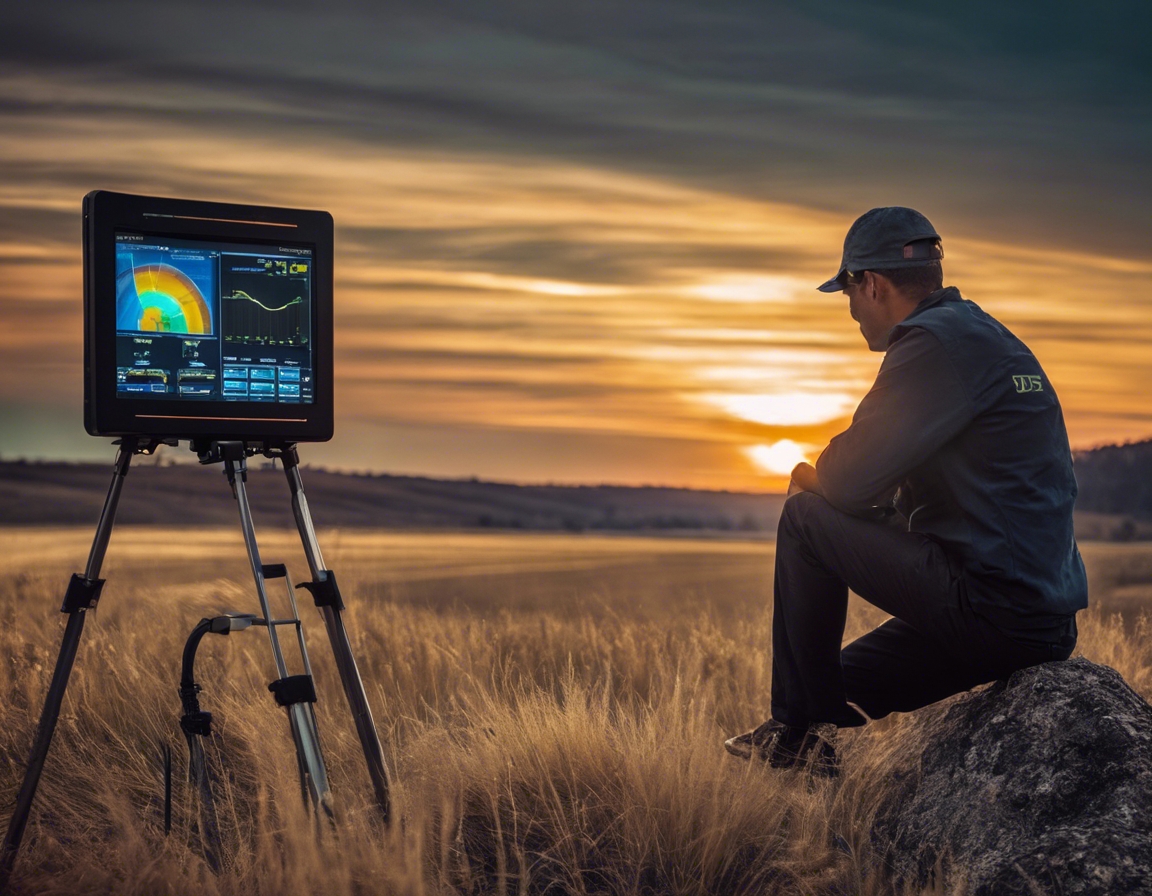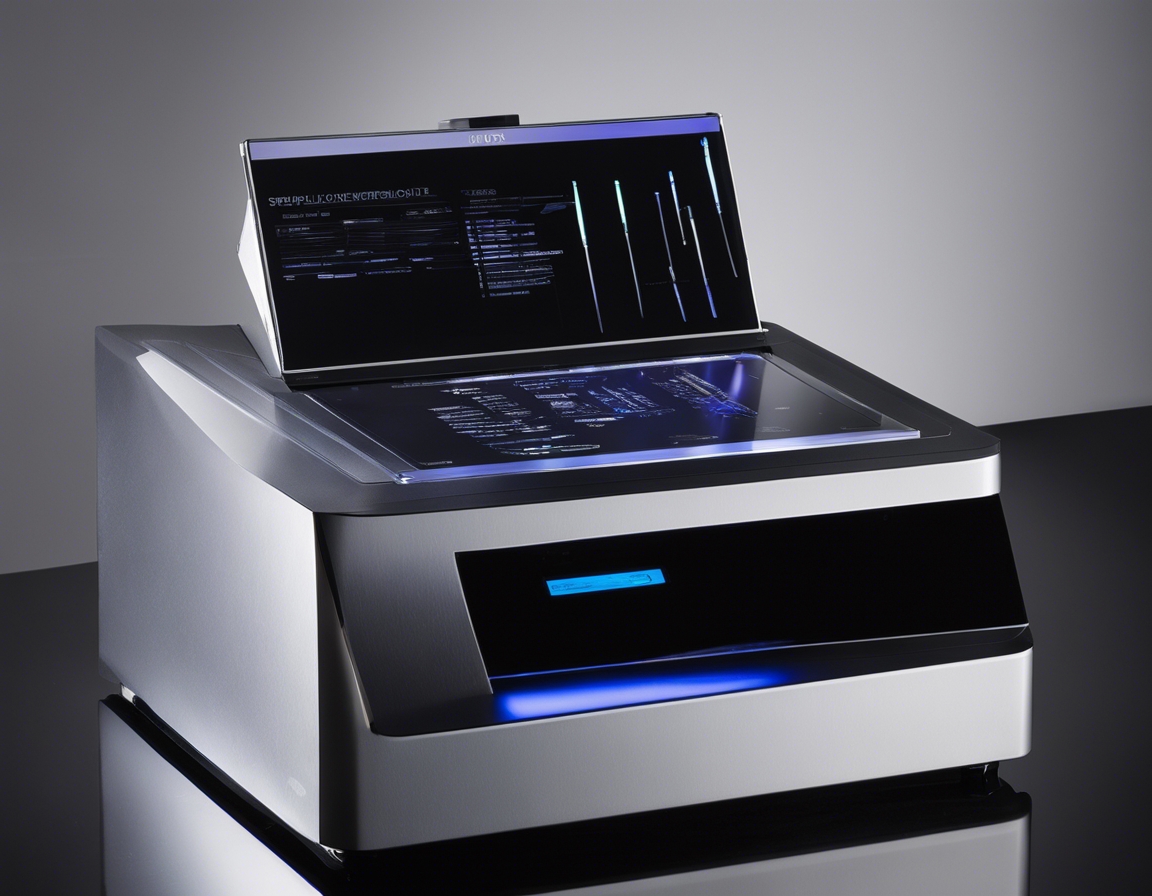Remote detection systems: the new frontier in safety
Remote detection systems are sophisticated technologies that allow for the monitoring and analysis of environments and objects from a distance. These systems are crucial for gathering data without the need for physical presence, which can be essential in hazardous or inaccessible areas.
The field of remote detection has seen significant evolution, with advancements in sensor technology, data processing, and connectivity leading to more precise and reliable systems.
The Role of Remote Detection in Enhancing Safety
Remote detection systems play a pivotal role in environmental monitoring, enabling the tracking of pollutants, the study of wildlife, and the assessment of natural disasters, contributing to better preparedness and response.
In industrial settings, these systems are used for monitoring equipment health, detecting leaks or hazardous gases, and ensuring the safety of personnel and infrastructure.
For defense and security, remote detection offers capabilities for surveillance, reconnaissance, and the detection of chemical, biological, radiological, and nuclear threats.
Key Technologies Powering Remote Detection Systems
Laser-based technologies, such as LIDAR, provide high-resolution mapping and analysis, crucial for various applications from geography to autonomous vehicles.
Spectroscopy is used in remote detection to identify and quantify chemical compositions, playing a vital role in environmental science and industrial processes.
Thermal imaging and infrared technologies are essential for night vision, heat detection, and the monitoring of thermal patterns in machinery and living organisms.
Challenges and Considerations in Remote Detection
Ensuring the accuracy and reliability of remote detection systems is paramount, as the data they provide informs critical decisions in safety and operational management.
The vast amounts of data generated by remote detection systems require robust management and analytical tools to transform raw data into actionable insights.
Integrating remote detection technologies with existing systems poses challenges but is essential for creating a cohesive and efficient safety infrastructure.
Innovations from LDI INNOVATION OÜ
LDI INNOVATION OÜ specializes in creating custom remote detection solutions tailored to meet the specific needs of research institutions, environmental agencies, and industrial manufacturers.
With a steadfast commitment to precision and quality, LDI INNOVATION OÜ ensures that its clients are equipped with the most advanced and reliable remote detection systems available.






Comments (0)